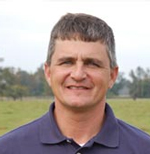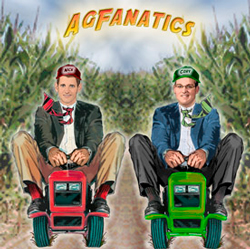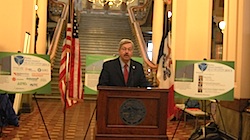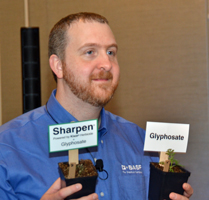This week I read, “Demystifying Food from Farm to Fork,” by Maurice J. Hladik. Many of you may be familiar with Hladik, an agricultural expert who has spoken at events all around the world including Commodity Classic. The goal of the book is to take a look at food production from “farm to fork”.
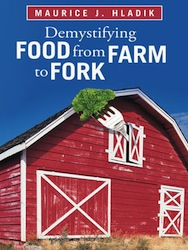 As with many concepts, farm to fork can be defined in many ways. Hladik defines it as, “Pertaining to the human food chain from agricultural production to consumption. In other words, from our readers farm to my table.”
As with many concepts, farm to fork can be defined in many ways. Hladik defines it as, “Pertaining to the human food chain from agricultural production to consumption. In other words, from our readers farm to my table.”
As Hladik takes the reader through the varying stages in between the planting, growing and harvesting of food through manufacturing and eventually to the table, he explained the pros and cons, addressed any surrounding controversies and presented both sides of each argument. For this I was very impressed, as many writers take the view of “it’s my way or no way”.
Hladik also points out certain areas that he says are portrayed in the media as myths. For example, he notes that the majority of farms in the U.S. are not corporate owned, but family owned. He also puts to rest the idea that our food is not safe – America has an extremely safe food supply.
While the book may be better suited to those of us who are not very familiar with agriculture, growing up on a farm himself, he dots the narrative with very poignant stories about his own experiences. It is these moments that make the book a joy to read (and educational) for even the most expert of farmers around the world.






